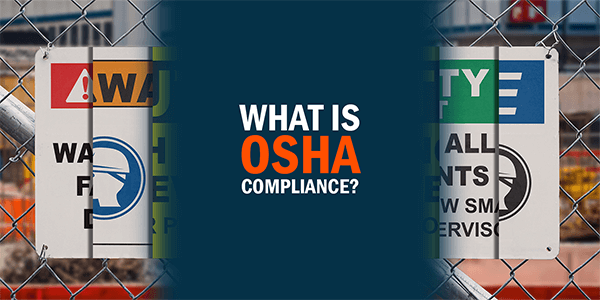OSHA Revises Construction Rules for Confined Spaces

In 1979, OSHA created a training provision that applied to confined space work in the construction industry. It was very limited, telling employers to train workers on the hazard types, necessary precautions, and required emergency equipment.
In 1993, OSHA a confined spaces rule, but it only applied to general industry, not construction. The only confined spaces requirement that applied to the construction industry was still just training.
United Steelworkers of America filed a legal challenge against OSHA, petitioning for a standard for confined spaces in construction. As part of the settlement agreement, OSHA was ordered to publish a proposed confined spaces in construction standard as soon as possible. That was in 1994. In 2003, OSHA developed a first draft, and it was published in 2007.
But the rate of deaths and injuries in construction industry confined spaces was still high. Why? The construction industry is subject to higher employee turnover rates than general industry, and worksites change frequently. It also commonly utilizes a multi-employer business model which can create confusion when it comes to responsibility and liability.
So a new rule was released in May 2015, with an enforcement date of August 3. OSHA later pushed the date back to October 2, 2015 for employers that are making a "good faith effort" to comply. To determine if employers are making a "good faith" effort, OSHA will review whether the employer has conducted or scheduled training for the new rule, possesses or has ordered the necessary equipment, or undertaken any other efforts to educate and/or protect workers.
Key changes in the new standard
In many ways the new construction standard is similar to the general industry confined space standard. Here are the key differences:
- The rule defines three types of employers and outlines requirements for each. This is designed to outline responsibilities for multi-employer situations
- It requires a "competent person" to be in charge of evaluating potential hazards in confined spaces, and defines what is meant by a "competent person"
- Atmospheric monitoring must be continuous, unless the employer can demonstrate that this is not merited or that the equipment cannot be obtained. An early warning system must also be instituted in case of emergency, as part of the monitoring system. This task can be performed by a worker or a machine
- Confined space permits may be suspended rather than cancelled
The final rule affects general contractors as well as specialty-trade and employers involved in residential construction. It does not apply to excavation or trenching work, or diving, as those fields are already covered under other parts of OSHA's construction regulations.
For construction companies that hire subcontractors to perform work on confined spaces, you're not exempt from responsibility. Under the new rule it is your duty to provide the subcontractor with information about any permit-required confined spaces and the hazards within.
The new rules can be found in 29 CFR 1926, subpart AA (1926.1200-1213). OSHA estimates this new rule will prevent 780 injuries and five fatalities each year,a 96% reduction in fatalities and injuries within this category.
Related Resources

Confined Space Hazards 101: The Basics
A confined space consists of any one of the following characteristics: Limited openings for entry and exit ...
Read
OSHA Confined Space
OSHA Confined Space Safety OSHA's regulation 29 CFR 1910.146 covers "permit-required confined spaces." This ...
Read
What is OSHA Compliance?
Dangerous working conditions nationwide sparked the creation of the Occupational Safety and Health Act (OSH ...
Read.png)





